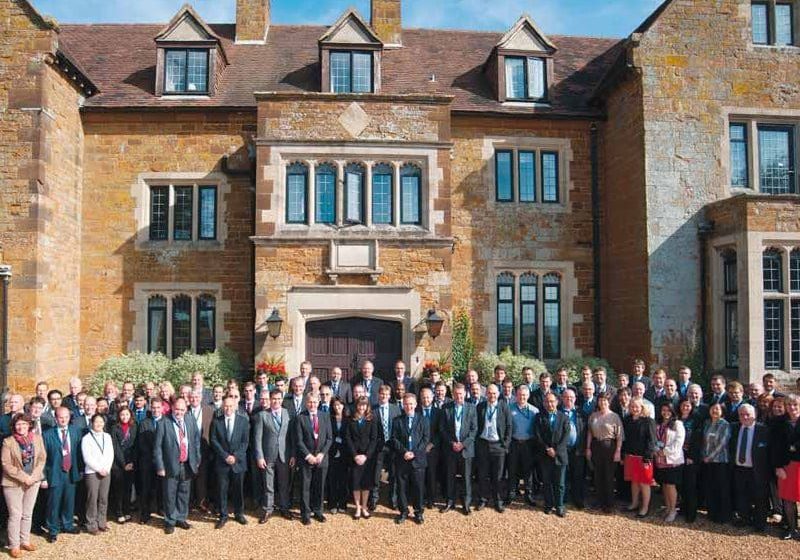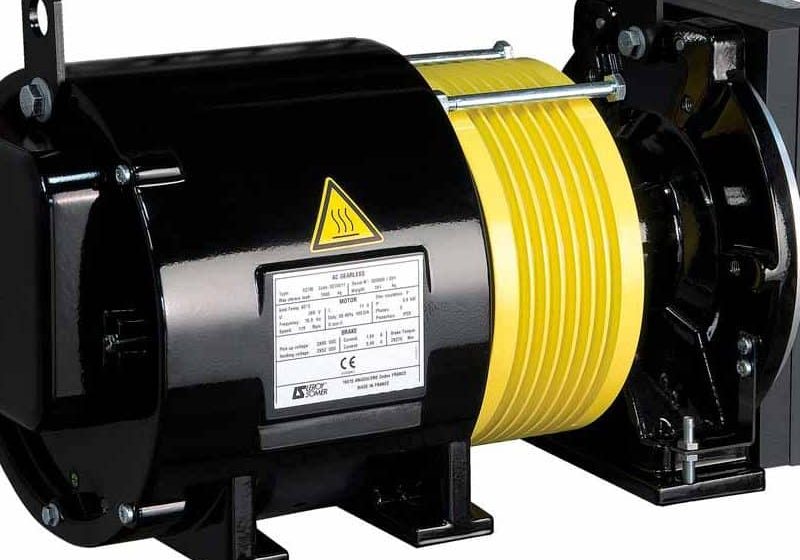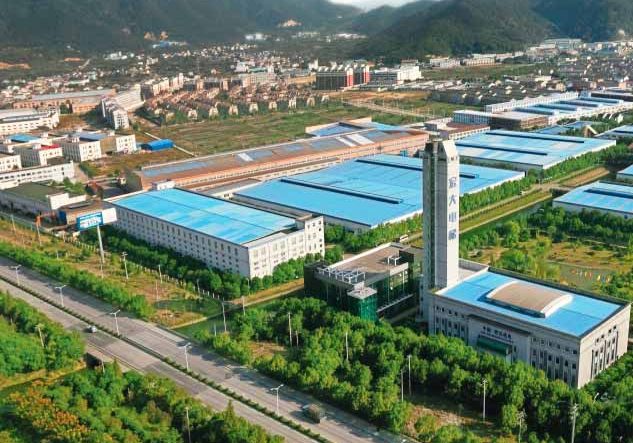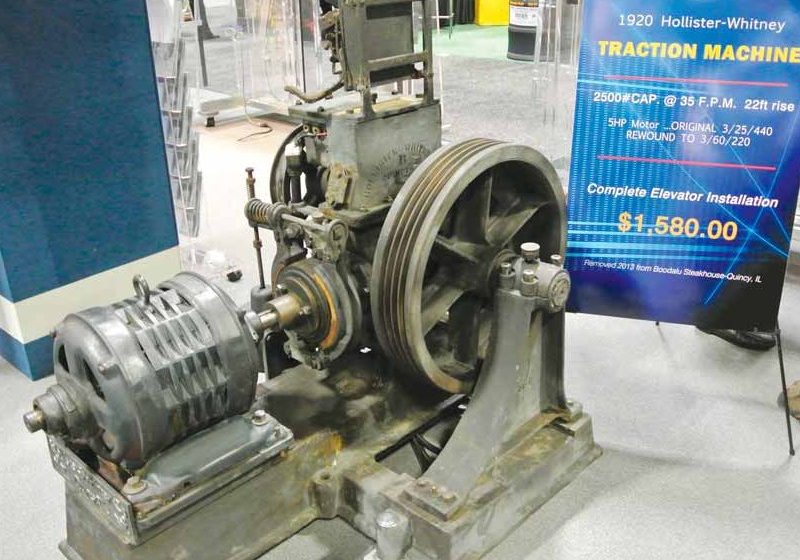The biannual Milan, Italy, expo for architectural design included a small but good cross-section of the lift industry.
The Fiera Milano exhibition complex at Rho on the outskirts of Milan, Italy, is home of the MADE (Milano Architecttura Design Edilizia) Expo. An adjacent area is also the site of the forthcoming World EXPO, scheduled for 2015, so the whole area is set to become a worldwide-known landmark site. 2013’s MADE, which took place on October 2-5, served as a landmark expo, as its organizers expressed their commitment to continue the development of the event to realize a truly significant international architectural expo.
MADE consisted of six sections: “Building Industry,” “Casing/Doors and Windows,” “Interiors and Finishes,” “Energy and Plant” (including “Lifts and Escalators”), “Software and Hardware,” and “Cities and Landscape.” The lift and escalator companies and suppliers were grouped almost as a subsection in the corner of Hall 6 and benefited from good positioning and natural light. Importantly, the stands could be seen from the core walkway, which again gave the visitor a visual target area to aim for if he or she wanted to find out more about the sector.
In this subsection, there was a small but good cross-section of the lift industry, including two of the majors and many independents. Key sector associations and trade magazines were also present, so visitors had a great opportunity to find out more about the industry structure, products and new European code requirements (ELEVATOR WORLD, October 2013).
To back up the material at the stands in the exhibition hall, AssoAscensori and ANIE (Italian Federation of electrotechnical and electronic companies) held a press and information meeting in the main service center on October 4 to highlight the European Norm requirements, which are nearing completion and will have tremendous implications for building owners and lift companies alike. At this meeting, titled Sali o Scendi (Up and Down), Silvia Migliavacca, secretary general of ANIE, introduced the new safety initiative, including a website (www.salioscendi.it) that illustrates the reason why the initiative was started and the roadmap for its future implementation.
“Lifts and Escalators” presented products that are particularly relevant to the Italian market, which is dominated by low- to medium-rise developments. At present, the most active part of the market in Italy is the modernization sector, where it is estimated that 150,000 lifts are in need of the process. Both KONE and Schindler had products aimed at this sector, and the KONE MySpace® and the Schindler 3300 systems attracted attention. From the independent sector, Daldoss, GMV, Liftmaterials, IGV, ILC, MIA and Paravia were all on hand to give the visitors advice and information regarding their products. This included the famous DomusLift®, now intriguingly accented with Swarovski elements. Daldoss Elevetronic had two new products on display, the new MicroLift dumbwaiter and the LevelMatic platform lift, designed primarily for residential use. There were a few important component manufacturers with stands, including Sematic and CEA, but as readers might expect, most were preparing for the international lift components exhibition, Interlift, which began only 10 days later.
MADE is a biannual event and will always clash with Interlift. However, the two exhibitions are for different sections of the building sector, with Interlift mainly showing components to the lift industry, and MADE focusing on architectural and project development, where complete lift systems and solutions will be the main interest for designers and end users.
The amount of information, workshops and demonstrations was enormous, and it would have been in visitors’ best interest to do a great amount of preparation before attending the expo. It was to my cost that I tried to be in three places at the same time. It certainly is not easy to see all you want, and visitors really need to prioritize early in the day. With such a large selection of press conferences, product presentations and networking opportunities, the need for good relations with the organization is paramount. I can certainly say MADE International Communications did all it could in this respect, but as the expo gets even bigger and more diverse, such cooperation will become even more important.
The cross-pollination of ideas and techniques is an important part of these large expos, and MADE facilitated this. There were a number of joint projects between different establishments – for example, universities and manufacturers, and artists/designers and developers. Indeed, these projects acted as a great enticement to visitors and ensured lasting memories. In addition to visually memorable displays shown in our photos, numerous design-competition entries again created a focus for visitors. Instant House, for example is a competition promoted by Federlegno Arredo and the Department of Architecture and Urban Studies of Milan Polytechnic for MADE. This contest invites young designers from all over the world to find new approaches toward today’s styles of city living and social interaction.
In essence, the four days of the MADE expo were a great demonstration of the “how and what to do,” which is very important in any major development today, where flexibility is a key requirement. Most major projects have to fulfill the core requirements, but these can often change during the gestation of a development, so professionals have to understand the implications of any changes. So, the opportunity to see the skill required, the tools needed and how the academic knowledge is applied is very important, and exhibitions like this give other professionals the chance to see and learn what others are doing.
The opening statement given by Giorgio Squinzi proclaimed, “We want a normal country,” and this was again stressed by Giovanni De Ponti, managing director of MADE, in his closing thoughts. However, what is “a normal country”? That is a big question and, arguably, one without an answer. But, while wars and natural catastrophes are destroying cities and buildings, there remains a great need for vast reconstruction works, which give the construction and architectural professions opportunities to show their worth. Hence, expos like MADE will become ever more important in showing the international skills and knowledge required for these disciplines.
Get more of Elevator World. Sign up for our free e-newsletter.








